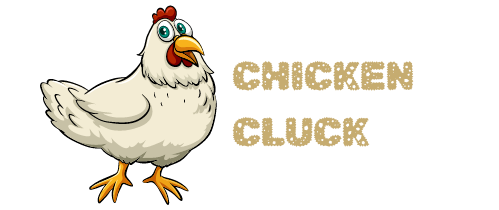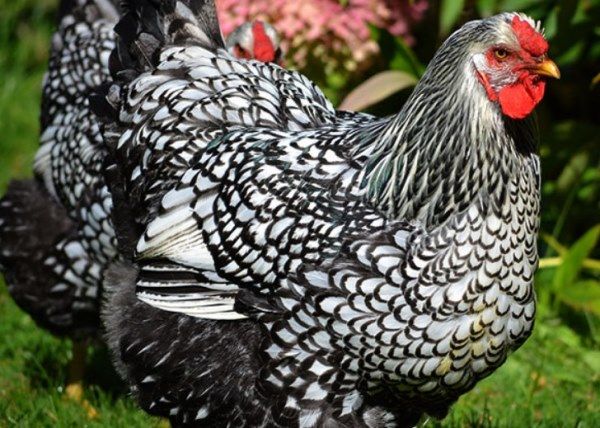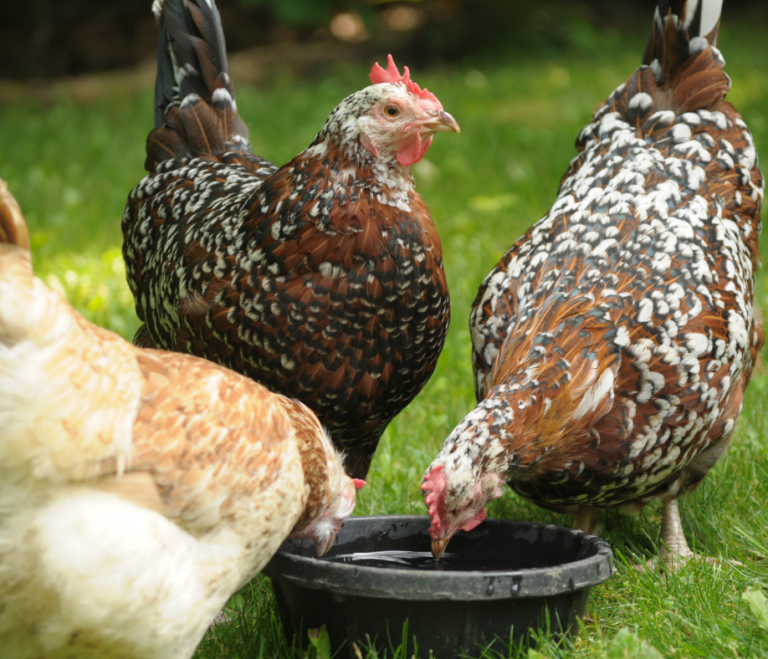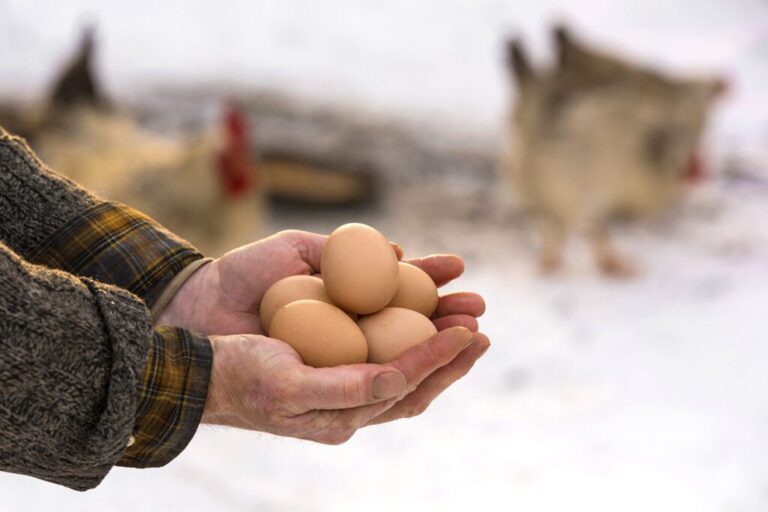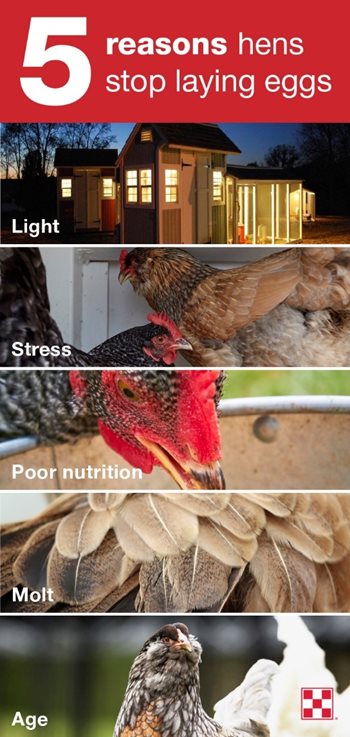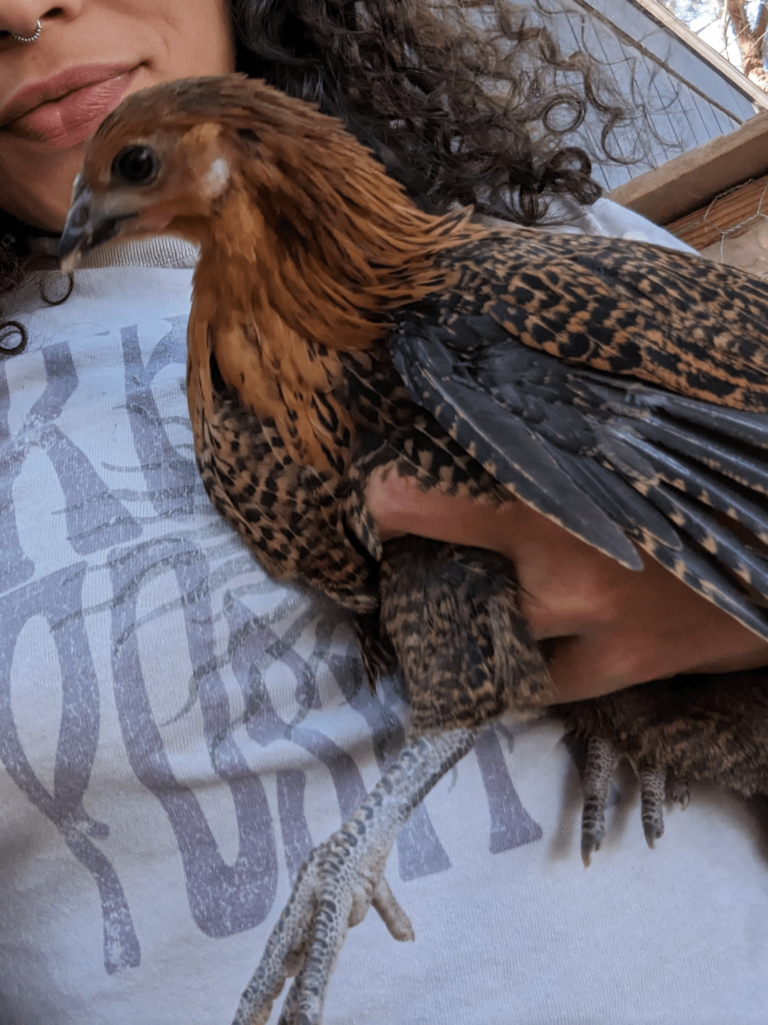Bantam chicken breeds are a miniaturized poultry variety, renowned for their compact size and diverse plumage. These breeds include the Sebright, Silkie, and Serama, all prized for their distinctive characteristics and appearances.
Bantam chickens offer enthusiasts the opportunity to keep poultry in smaller spaces, making them perfect for urban or backyard settings. With their full-sized chicken traits compressed into a smaller frame, bantams are ideal for those looking to raise chickens with limited space.
Commonly weighing less than a standard chicken, bantams are often kept for ornamental purposes, their eggs, and even for show. They feature a wide range of feather colors, patterns, and unique features that endear them to poultry aficionados worldwide. Engaging with these diminutive birds provides a charming gateway into the broader world of poultry keeping, appealing to both novice and experienced bird enthusiasts alike.
Introduction To Bantam Chickens
Introduction to Bantam Chickens: Dive into the captivating world of Bantam chickens. These pint-sized poultry pack personality and charm into a small package. Perfect for backyard flocks, they’re adored by chicken enthusiasts everywhere. Let’s meet these mini but magnificent birds.
Small But Mighty: The Allure Of Bantam Chickens
Bantam chickens may be small in stature, but they are big on appeal. Their compact size and friendly nature make them ideal for various living arrangements, attracting urban and rural chicken keepers alike. With a rainbow of colors and feather patterns, these tiny chickens capture hearts and command attention in any setting.
What Sets Bantam Breeds Apart
| Feature | Description |
|---|---|
| Variety | Bantam breeds come in dozens of unique varieties, each with its distinctive look and temperament. |
| Size | Generally, these birds weigh one-fourth to one-fifth as much as their larger counterparts. |
| Space Efficiency | They require less space, making them perfect for smaller coops and gardens. |
| Eggs | While smaller, their eggs are tasty and nutritious, ideal for culinary adventures. |
| Temperament | Many bantams are known for being gentle and good-natured, which makes them excellent pets. |
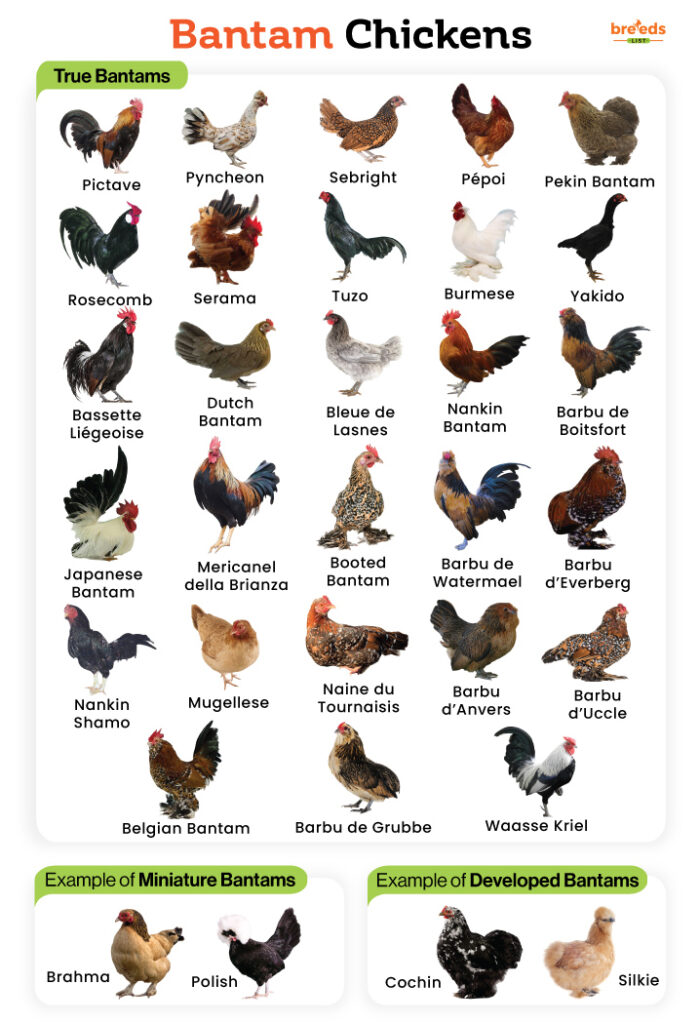
Credit: www.breedslist.com
History Of Bantam Chicken Breeding
The journey of bantam chicken breeding is as colorful and diverse as the birds themselves. These miniature chickens have captured hearts with their tiny stature and varied breeds. Let’s peck into the history that transformed these birds from ancient farm fowl to modern backyard friends.
From Ancient Roots To Modern Coops
Bantam chickens have been around for centuries, serving as both ornamental birds and practical companions for small farm spaces. Their history is thought to originate from Southeast Asia, where they roamed freely and were later domesticated. These small birds were not only easier to maintain but also treasured for their unique appearances.
- Miniature versions of larger chickens
- Used as fighting birds in Asia
- Took on a role of ornamental pets
- Brought to Europe, where breeding for specific characteristics began
Bantam breeding slowly evolved as enthusiasts sought to refine features like feather patterns, colorations, and body shapes. This attention to detail led to the bantams we know and love today.
Bantam Chicken Breeds Through The Years
As bantam breeding caught the fascination of people across the world, so too did the variety of breeds expand. Each sought to perfect their own ideal of what a bantam chicken should be. Renowned breeds emerged, each with its own story.
| Breed Name | Characteristics | Origin |
|---|---|---|
| Sebright | Laced plumage, no large fowl counterpart | England |
| Silkie | Fluffy feathers, black skin | China |
| Dutch Bantam | Small size, alert posture | Netherlands |
With each decade, bantam enthusiasts emphasized both beauty and vigor, leading to a tapestry of bantam breeds. Breeders meticulously documented their progress, setting the stage for the rich diversity of bantams we have today.
Selective breeding has refined these chickens to be both practical and delightful, ensuring their place in the hearts of poultry aficionados. Bantam chicken breeds continue to captivate and inspire, from seasoned farmers to urban chicken keepers.
Popular Bantam Chicken Breeds
When it comes to charm and personality, Bantam chickens are the total package. These miniature versions of standard chickens win hearts effortlessly. Let’s meet some of the most beloved bantam breeds, admired not only for their diminutive size but also for their unique features and vibrant personalities.
Silkie: The Fluffy Favorite
The Silkie bantam is a sight to behold with its fluffy feathered plumage that feels like silk. This breed’s distinctive appearance includes a pompom crest, feathered legs, and a sweet, docile nature that makes them a favorite for backyard flocks. Silkies are renowned for their mothering abilities, often hatching and caring for chicks that aren’t even their own!
Sebright: The Spangled Beauties
If the red carpet existed for chickens, the Sebright bantam would be a regular. These small birds possess a regal carriage and a laced feather pattern that comes in gold or silver. Every feather is edged with a contrasting black spangle, giving them a dazzling look. Sebrights are true bantams, meaning they have no larger counterpart, and they showcase a confident, active temperament that keeps the coop lively.
Characteristics Of Bantam Chickens
Discover the enchanting world of bantam chickens. These pint-sized poultry pack personality into a small package. Bantams have unique features that set them apart from standard chicken breeds. Let’s explore their distinct characteristics.
Size And Proportions
Bantam chickens are mini versions of larger breeds. Each one is a marvel of poultry perfection condensed into a compact form. Bantams typically weigh a quarter to a half of their larger counterparts. Despite their size, they maintain the same proportions, giving them a balanced and dainty appearance. Here’s a quick look at their size:
- Weight: Generally ranges from 1 to 2 pounds
- Height: Stands approximately 6 to 12 inches tall
- Scale: One-fifth to one-quarter the size of standard breeds
Feather Varieties And Color Patterns
Bantams show off a rainbow of colors, from the purest whites to the deepest blacks. Their plumage comes in a spectrum of patterns and shades that can be iridescent or matte. Feather types also vary widely:
| Feather Type | Description |
|---|---|
| Fringed | Feathers with delicate frayed edges |
| Silkied | Smooth with a silk-like texture |
| Crested | Featuring a poof of feathers on the head |
Bantam chickens serve as stunning examples of nature’s artistry. With varied patterns like laced, mottled, and barred, there’s a bantam for every chicken enthusiast to admire.
Caring For Bantam Chickens
Bantam chickens are the pint-sized darlings of the poultry world. Their adorable size and varied breeds capture hearts with fluffy feathers and quirky personalities. Just like standard chickens, bantams require love, attention, and care to thrive. Let’s dive into the essentials of keeping these mini companions happy and healthy.
Feeding Requirements
Bantams eat less than larger chickens but need nutrient-rich food.
Here’s a quick feeding guide:
- Offer a balanced starter feed for chicks.
- Switch to grower feed post six weeks.
- Adults thrive on quality layer pellets.
Treats like mealworms and greens keep them pecking happily. Ensure fresh water is always available.
Housing Your Miniature Flock
Create a secure and comfy coop for your bantam buddies.
| Feature | Details |
|---|---|
| Space | Provide one to two square feet per bantam inside the coop. |
| Nesting boxes | One box for every four bantams is ideal. |
| Perches | Install low and sturdy perches to avoid injuries. |
| Protection | Guard against predators with secure latches and fine mesh. |
Their home needs regular cleaning to prevent disease. A safe run allows for sunshine and exercise.
Breeding Bantam Chickens
Delving into the art of bantam chicken breeding unveils a world brimming with tiny clucks and feathered charm. These miniature chickens demand a specialized approach for successful propagation. From selecting exemplary candidates to mastering the nuances of incubation, every step plays a pivotal role in hatching these petite birds.
Selecting The Right Pair
Choosing a compatible pair is crucial. Prioritize birds boasting stellar health, vitality, and breed characteristics. A keen eye for temperament ensures offspring with desirable behaviors.
- Review lineage – Trace back the bloodlines to avoid inbreeding.
- Feather quality – Seek birds with robust, quality plumage.
- Body size and shape – Pair birds that adhere to breed standards.
Incubation And Hatching Techniques
Incubation is more than a waiting game. Precision and care set the stage for successful hatching. Keep temperatures steady and humidity in check to mimic a mother hen’s warmth.
| Step | Detail |
|---|---|
| Temperature | Maintain at around 99.5°F for optimal conditions. |
| Humidity | Keep it at 50-55%, raising to 65% in the last days. |
| Turning eggs | Rotate eggs 3–5 times daily to prevent sticking. |
Monitor progress with a candling light to observe the development within. Eggs showing clear signs of growth indicate successful incubation steps taken.
Bantams In Competitions And Shows
Stepping into the vibrant world of poultry competitions, bantam chicken breeds take center stage for their diverse beauty and charisma. Owners proudly display these miniature wonders, vying for prestigious awards and recognition. From feather patterns to demeanor, every aspect of these birds undergoes evaluation by meticulous judges. Let’s dive into how to prep these petite champs and clench those winning ribbons.
Preparing Bantams For Exhibition
- Select birds early – Choose healthy, well-formed bantams with ideal breed traits.
- Begin training – Train them to stand and pose, adapting to the show environment.
- Schedule grooming – Baths, feather trimming, and nail clipping ensure a neat appearance.
- Health checks – Regular vet visits guarantee they’re show-ready and disease-free.
- Familiarize with rules – Understand the show guidelines to avoid disqualifications.
Devoting time to condition your bantams is crucial. A consistent routine combined with love results in show-worthy bantams.
Winning Ribbons With Your Bantams
Aim for the ribbon and you might just land it! Here’s a quick guide:
- Enter the right category – Match your bantam with the appropriate class for a fair fight.
- Showmanship counts – Present with confidence; a calm handler soothes the chicken.
- Display standout features – Highlight your bantam’s best attributes to the judges.
- Collect feedback – Learn from remarks and improve for the next competition.
- Celebrate achievements – Every show is a step towards champion status.
With preparation, dedication, and a sprinkle of charm, your bantams could be the talk of the town at poultry shows!
Credit: meyerhatchery.zendesk.com
Bantam Chickens As Pets
Bantam chickens make perfect feathered friends for any family. These pint-sized poultry are not just farming staples but also beloved pets that fill homes with cheer. With their charming size and personality, they fit well in urban backyards or rural farms. Bantam chickens flourish with care, attention, and love, just like any pet.
Temperament And Personality
Bantam chickens are known for their friendly and easygoing nature. They often enjoy human company, making them a delightful addition to homes. Their personalities vary with breed; some are more active while others are calm. Bantams usually keep a peaceful flock dynamic and don’t require extensive space.
- Silkies: Gentle and cuddly, great for children.
- Sebrights: Lively and full of energy, fun to watch.
- Pekins: Amiable and soft-hearted, easy to handle.
Interactive Activities With Bantam Chickens
Engaging with your bantam chickens strengthens your bond. They can participate in various playful activities.
| Activity | Benefits |
|---|---|
| Obstacle Course | Stimulates mind, encourages exercise |
| Feathered Fetch | Improves agility, interactive play |
| Treat Hunt | Forages natural instincts, rewards |
Weave these activities into their routine for a happy, healthy bantam.
Conservation And Rare Bantam Breeds
Chickens come in all shapes and sizes, and Bantam breeds are true standouts. They are miniature versions of larger chickens. Bantams often need protection and conservation. Some Bantam breeds are very rare. It is important to keep these little chickens around.
Protecting Heritage Bantam Breeds
Heritage Bantam breeds hold history in their feathers. Many of these breeds have been around for a very long time. They are part of culture and tradition. Sometimes, they face the threat of disappearing. Efforts to protect them are crucial. This includes breeding programs and chicken shows.
- Breeders work hard to keep old breeds alive.
- Shows let people see and learn about these chickens.
- Heritage breeds need our help to stay around.
Rare And Exotic Bantams
Some Bantam breeds are like hidden gems. They are not often seen. These birds are called rare and exotic. They come in amazing colors and shapes. People enjoy these little chickens very much.
| Breed Name | Description | Origin |
|---|---|---|
| Sebright Bantam | Small with laced feathers | England |
| Serama Bantam | Tiny and friendly | Malaysia |
Conservation groups work to protect rare Bantams. They make sure that people can enjoy these breeds in the future. Chicken lovers can support these efforts in many ways. Buying and raising rare Bantams is one way to help.
Bantam Chicken Photo Gallery
Welcome to our Bantam Chicken Photo Gallery, where the quaint charm of these miniature fowls comes to life. Behold a collection that showcases the diverse range of colors, feathers, and personalities inherent in these delightful birds. From the sleek Sebright to the fluffy Silkie, prepare for a feast for the eyes!
Capturing The Beauty Of Bantams
Bantam chickens are more than just smaller versions of standard breeds; they are a spectacle of unique beauty. Their vibrant plumage, expressive eyes, and compact stature make them a photographer’s delight. Scroll through our gallery to see the stunning details captured in these snapshots.
A Visual Tour Of Various Breeds
Embark on a visual journey through the world of bantams with our curated photo tour. Each image is a window into the breed’s essence, from their striking patterns to their distinct silhouettes. Discover the breeds that catch your eye and learn about their characteristics.
- Sebright Bantam: Known for its laced feathers and confident stance.
- Silkie Bantam: Distinguished by its fluffy plumage and friendly nature.
- Rosecomb Bantam: Recognized by its signature comb and sleek body.
| Image | Breed | Characteristics |
|---|---|---|
 |
Sebright Bantam | Small, active, and spangled feathers. |
 |
Silkie Bantam | Fluffy feathers, black skin, and docile. |
 |
Rosecomb Bantam | Smooth feathers, large comb, and bold. |
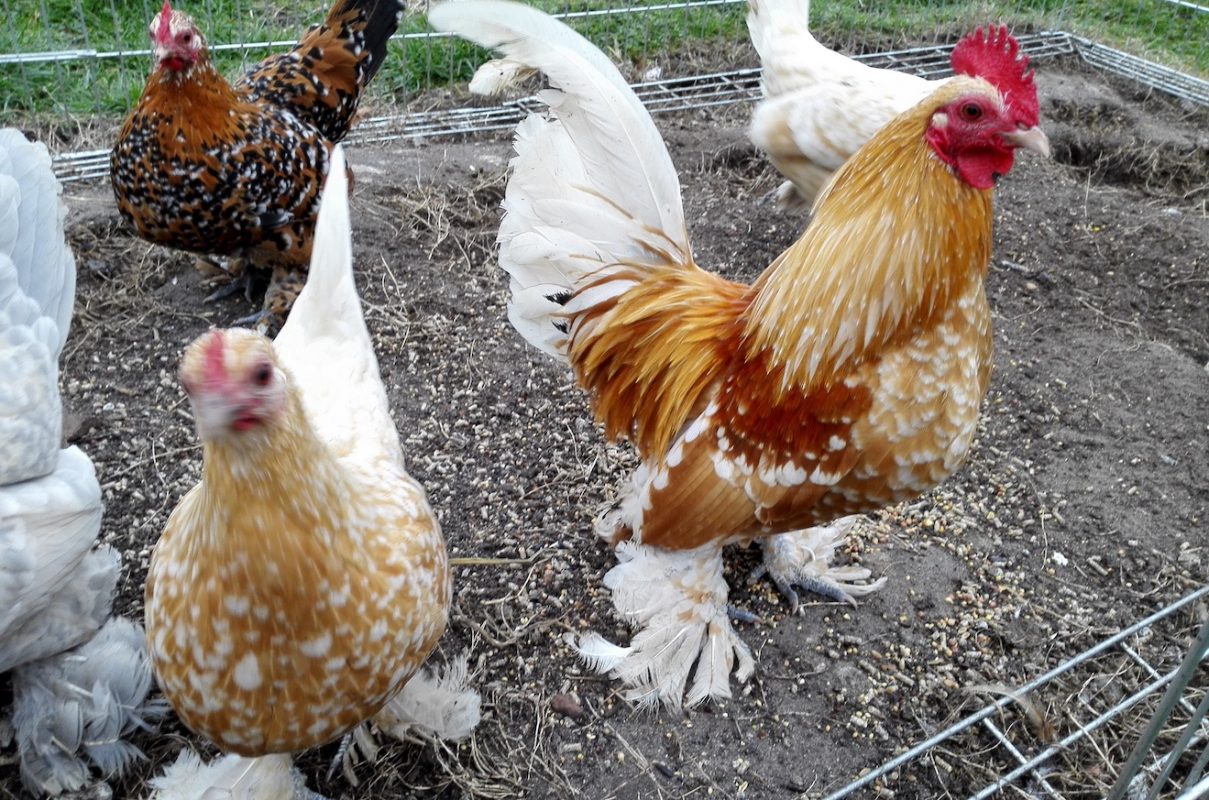
Credit: www.somerzby.com.au
Conclusion
Exploring bantam chicken breeds has been a delightful journey. From the vibrant Silkie to the spirited Serama, each bird brings unique charm. Dive into this poultry world, enriching your coop with these miniature marvels. Their diverse beauty is truly captivating, as seen in the images we shared.
Embrace the elegance and personality of bantam chickens as part of your flock family.
